MO Tested: FlashTune / Yoshimura Slip-On for Suzuki GSX-S1000
Can $749 make a great bike perfect?
Suzuki’s GSX-S1000 is another one of my personal faves; I like the way it looks, nobody can argue with the way the 140-plus horsepower four-banger goes – and the price is right too. Where else are you going to get that kind of grunt in a beautiful blue package for $10,499? Gabe was spot-on with his recent column.
2016 Suzuki GSX-S1000 First Ride Review
There always has to be a catch, though, which to crusty old me is more of a pea under our stack of mattresses. In defending the Suzuki against its critics, I did go on record as saying “I bet you can fix the Suzuki’s jerky throttle response with a quick reflash of its ECU,” and so I decided I would.
From the inception of fuel injection on motorcycles, there’s been a battle to make the transition from closed throttle to open as seamless as possible, a thing that some manufacturers got right quicker than others. All the carburetion tricks they’d learned to perfect throttle response were right out the window when an electric signal began calling the shots: Squirt fuel now! The results could be really jerky on some bikes, and more power meant more jerk. (For many, it’s only really a problem leaned over at corner exits, and the easiest way to fix it is by dragging a little rear brake.)
Japanese Mega Standards Shootout
Suzuki began using its SDTV valve from the beginning on its injected bikes in an effort to sedate throttle opening, and we have to guess it works pretty well since we’ve never ridden an injected GSX-R without it. It’s not perfect. Here’s what Brasscannons wrote at the end of last month’s big comparo (wherein the Suzuki beat up two bikes that cost substantially more and succumbed to three others which cost substantially more):
The EFI is glitchy at low rpm, suffering from the dreaded off-to-on-throttle abruptness. Additionally, the Gixxus occasionally has trouble holding neutral throttle and dropping into deceleration without a change in grip position. These symptoms are usually encountered at around-town engine and road speeds – right where streetbikes spend most of their time. Flip on the rider’s red mist, though, and the fueling issues rapidly shrink in the mirrors as the revs climb to canyon-scratching levels. Our collective prognostication says the GSX-S1000 is just an EFI flash away from streetable perfection.
Cheap being my middle name, I went googling and came up with FlashTune.com, which couldn’t be more convenient as they’re located about three miles from the home office. Strolling through its website, I find two options for our GSX-S1000: Send in the stock ECU and have them reflash it for $200, or buy FlashTune’s ECU Flashing Kit – $380 – to program it yourself via your own computer and FT’s website. Naturally, I chose the easy way out; I ambled over to FlashTune (with the GSX’s computer in the Honda NC700X’s cargo bay). It took General Manager Kirk Doherty all of five minutes to plug the ECU into his desktop and flash; it didn’t take me much longer after I got home to plug it back into the Suzuki and be on my merry way.
I fired her up and was off to the MotoGP Werks dyno. I hadn’t expected any horsepower gain, really, since FT’s flash was programmed to work with a slip-on instead of the stock exhaust. (FT also offers a flash to work with a full exhaust system [which does away with the catalyst], but you’re not going to be riding that bike on the street in California now, are you?)
Really all we were trying to fix was the GSX-S’s abrupt throttle, and I’d say the reflash got us about 40% of the way there: Below 6000 rpm or so, rolling off the throttle a smidge for clutchless upshifts was smoother and better. Above 6000 or 7000 rpm, things were still a bit jerky. Wanting to be fair to FlashTune, who programmed this map to run with a slip-on pipe, (and always looking for an excuse to borrow things from Yoshimura), I fired off an email on the official MO letterhead, and was soon on my way to Chino to pick up a lovely Yosh Signature Series Alpha slip-on for the GSX-S in gleaming stainless steel and carbon fiber.
I blasted off for test two. Okay, this was more like it. With the Yosh pipe, the engine steady-state cruises with what feels like smaller throttle openings, runs better all through the powerband – and shifts even easier, with even less loss of revs when rolling out of the gas for clutchless or near-clutchless upshifts. The reduced abruptness when shifting really goes a long way toward making the bike feel more refined. Still, rolling the gas back on in the lower gears at corner exits can be a tad abrupt.
FlashTune says that’s sort of the nature of old-fashioned cable-operated injected bikes like the GSX-S, particularly powerful big-bore ones, and it’s hard to disagree. What they were able to do with our bike is give it a bit more fuel at various places to cure the factory-set leanness, dial back the SDTV valve a bit so it’s usually a tad more open than the factory settings, and advance ignition timing a bit at various points. All that makes it more responsive to the throttle and less abrupt even if it’s not perfect.
Here’s what the MotoGP Werks dyno thinks. The light blue line is stock, the darker blue trace is ECU reflash only, and the red trace is reflash and Yosh pipe. Obviously, the reflash doesn’t radically alter the stock bike’s curve. The dips in power at 6000 and 8000 rpm (which might explain why the bike feels jerky as it climbs out of those holes) were reduced with both mods but not, like I’d hoped, eliminated. Flashtune’s Lead Developer Chris Gardell say he’s not sure what causes those dips and wishes he’d had more time to work with the bike. Us too for $200. Something in the airbox, something to reduce noise or emissions at those points, is his guess.
Peak power with the mods stays virtually the same, but the modified bike moves the peak from 11,400 rpm down to 10,400 rpm. Peak torque stays in the same place, around 9300 rpm, but as you can see, the modded bike enjoys a more robust torque curve, particularly around 7500 to 8000 rpm where the modded bike makes a few more pound-feet and 4 horsies more than before. The stock bike’s 41.3 mpg average was the best of our recent 6-bike comparison; the modded bike got right at 40 mpg on its first tank of fuel.
I’d say the GSX-S throttle abruptness is about 60 to 70% improved with the reflash and pipe, but even if we didn’t completely cure that, the bike does run happier, more responsively and smoother (though that could be partially because it’s got 5000 miles on it now). The bar buzziness some complained about seems to be about 80% less now.
Here’s what EiC Duke thinks after riding the reflashed bike: I was hoping for smoother throttle response from the mods made to the Gixxus, but the transition from closed throttle was still a little abrupt, especially at higher engine speeds. A stiffish throttle spring perhaps exacerbates the issue. But, aside from the too-sharp response, the K5-based mill is deliciously potent on the street, pulling easily from low revs and urgently howling through its midrange.
Not bad, really, for a $749 investment. For perfectionists, step two could be to go with FlashTune’s $380 reflashing kit, which enables unlimited modifications of the bike’s electronic parameters. As in, you might open up the airbox a bit, figure out what’s causing those dips in the torque curve and remove them… that might actually be fun if this was my bike, but this is Suzuki’s bike and so the fun must come to an end.
Is plugging in an ECU as much fun as pulling carburetors off and replacing jets and needles and springs and things? It’s a helluva lot cleaner, there are far fewer left-over parts and we’re even doing our part to keep the air clean by retaining the catalyzer.
For the record, FlashTune’s specialty is really ride-by-wire bikes, which offer much greater tuning latitude for the professional black-box hacker. The GSX-S, as you’d guess from its 143-hp stock output, wasn’t really very restricted, they say. The Yamaha R6, the first r-b-w production bike beginning in ’07, is FT’s pet project. And as more bikes become r-b-w – including the new GSX-R1000 that’s on its way now – Flashtune expects to keep very busy in the future, staying one step ahead of the very nimble manufacturers and the long arm of the law.
Playing with motorcycles is still fun, just now a different kind.
More by John Burns



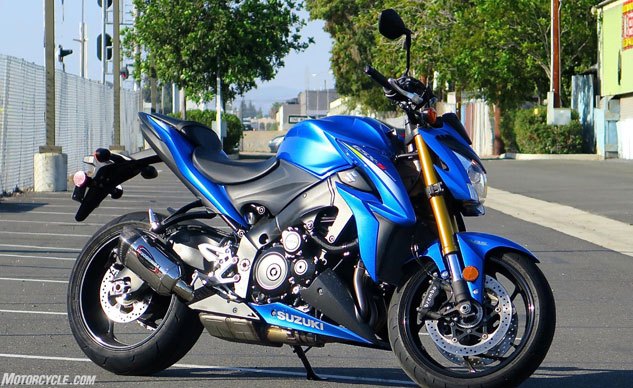

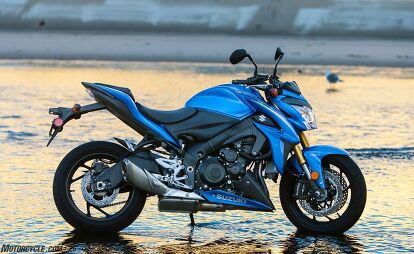






















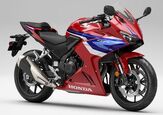


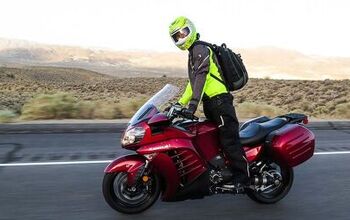
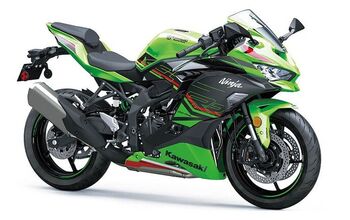
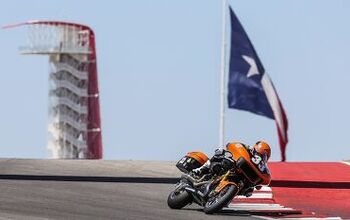
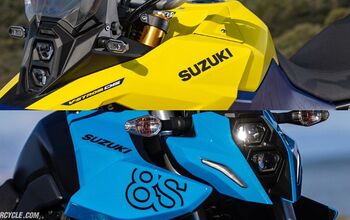



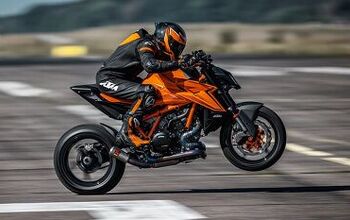
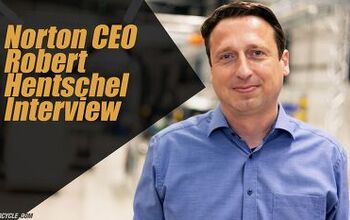
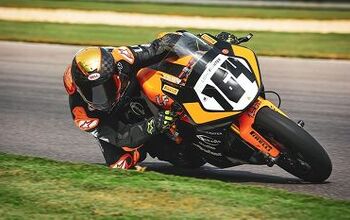
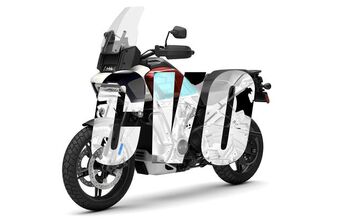

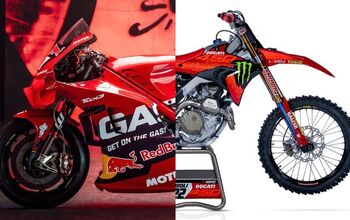


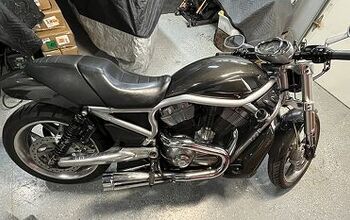
Comments
Join the conversation
Before spending $200 on a reflash or even more for a Power Commander, I would try out a G2 Throttle Tamer. This is a replacement throttle tube with a different throttle cable cam profile to make the initial cable take up smoother and more gradual. I had one on my 2013 V-strom 650 and it took probably 80% of the abruptness out. With just 60 something ponies on tap, this was never a safety issue, I just did it to make it less annoying. $80 is a lot for a throttle tube, but it is nicely machined and turns on delrin bushings, so throttle action will be noticeably smoother. Im also running rheir quick turn throttle on my Grom and am pleased with it on that application.
I don't see much of anything in the chart. Not for $750. Maybe it sounds better. And looks are about the same. I'd buy a Yosh T-shirt.